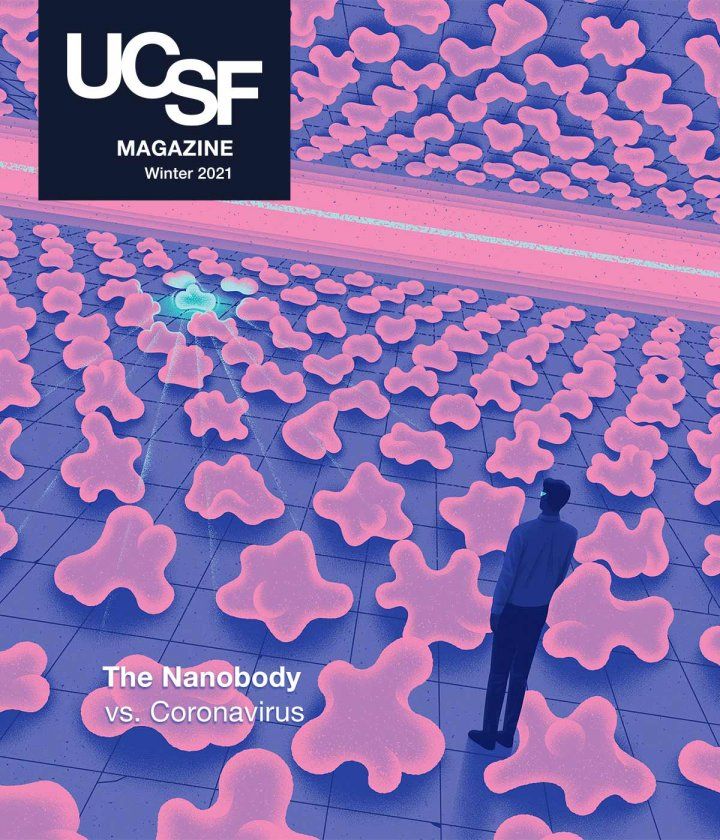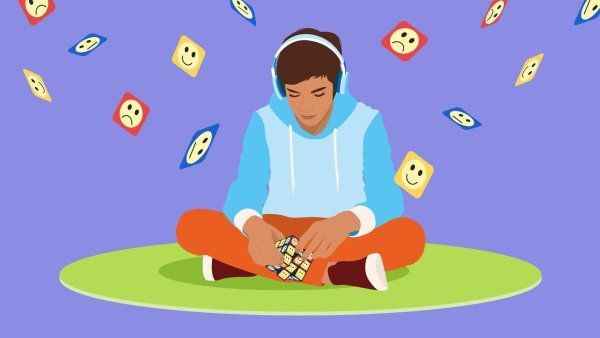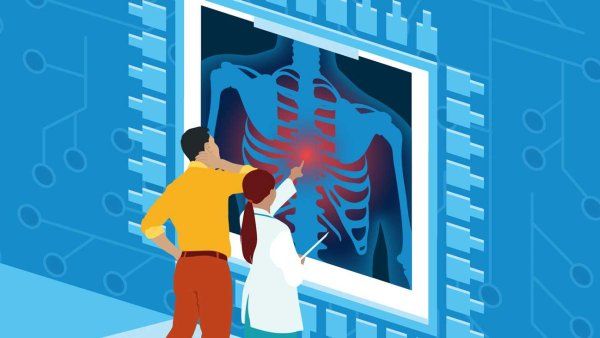
Will Kids Be Safe When They Return to School? Will Everyone Else?
The science suggests yes, but proper planning and protocols must be part of the equation.
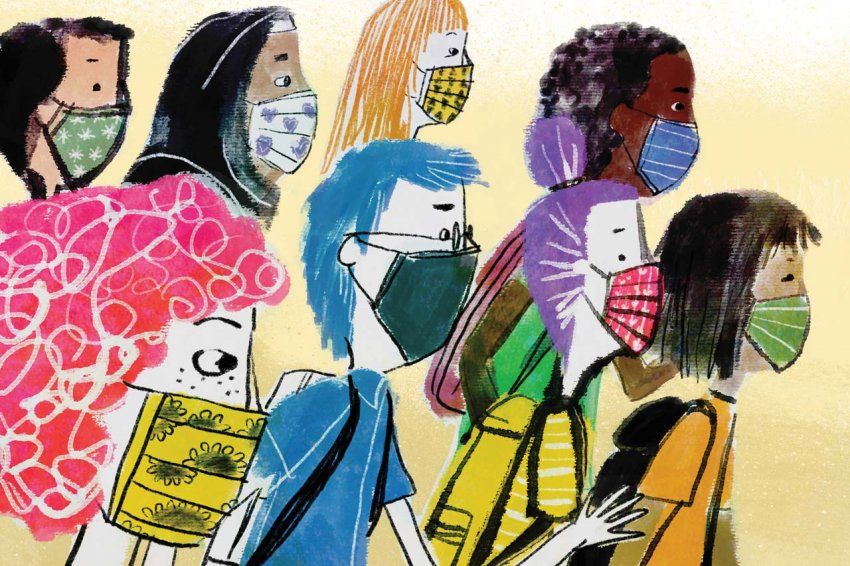
Illustration: Jing Jing Tsong
Published January 8, 2021
We think of children as germ spreaders, and they typically are. When a kid comes home with a runny nose and a cough, the rest of the family often acquires them too. But with COVID-19, we’re learning that kids aren’t as infectious as adults are. UCSF pediatrician Naomi Bardach, MD ’03, who is researching methods to control the spread of the SARS-CoV-2 coronavirus, shares why she’s optimistic that schools can reopen safely.
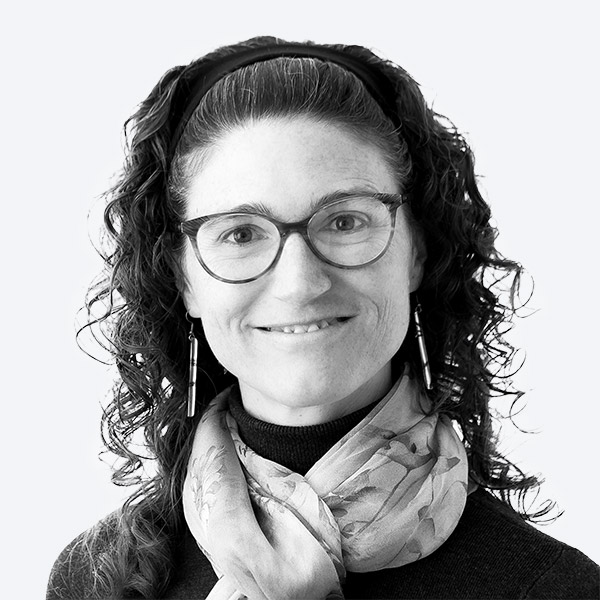
Naomi Bardach, MD ’03, Associate Professor of Pediatrics and Policy
Kids aren’t spreading COVID-19 as much as some might expect. Why?
It’s true with most viruses that kids come into school and spread them to each other and their teachers. But for a variety of reasons – some of which we understand, some of which we don’t – the virus that causes COVID-19 doesn’t seem to behave that way. Kids do not seem to be major spreaders, particularly younger kids.
One reason is that the virus that causes COVID enters the body via structures on the cell called ACE2 receptors, which children produce fewer of than adults do. Elementary school kids produce fewer than middle-schoolers do, and high-schoolers and older teens produce fewer than adults do. If the virus has fewer doorways into your body, you’re less likely to develop COVID. And when you have the disease, it’s not as severe.
So overall, you believe schools can reopen safely?
Yes, but only with the right safety protocols in place. We have learned a lot since March about how to prevent COVID transmission in schools. The right approach to reopening is to do it in phases, to allow people to get more comfortable, and to set up the protocols that we know work. This includes masking; physical distancing; establishing small, stable cohorts; and implementing good ventilation, hand hygiene, symptom screening, and contact-exposure screening with testing. If you had everybody return to school at once, it would be much harder to get comfortable and stay safe.
As we go through a surge in cases, people ask, “Should we stop planning to reopen?” I think it is really important to continue planning because implementing the layers of safety is not simple. If we stop planning, we won’t be prepared when infection rates go down. We’ll miss a window of opportunity, which is exactly what happened in September and October.
Last summer, you led a study researching the effectiveness of self-administered COVID testing at camps. What were some of the main takeaways?
We know that repeat COVID testing is going to be important at school, for both kids and adults. Kids get colds all the time, so they’re going to have to be tested frequently to see if they have COVID or just a regular cold. Our goal was to understand how to do that in the school setting.
In the summer camp study, we asked two questions: Can we have kids do the test on their own, and would they be willing to do it more than once? With self-testing, kids can stand six feet away from the person who has to collect the test, so it puts less risk on that person. We learned that kids can in fact do these tests on their own and that kids and adults were fine with repeated testing using front-of-the-nose sampling (which is easier than the much deeper nasopharyngeal sampling).
What are you researching now?
One area is the operational piece. We know what the basic protocols of reopening are: masking, physical distancing, stable cohorts, ventilation, hand hygiene, symptom screening, and testing. But how to achieve each one is not clear to administrators or teachers.
However, community learning hubs have already reopened in San Francisco to serve low-income students who don’t have internet or a quiet space at home. Some are run by the YMCA, some by other community-based partners in San Francisco. We’re observing how well they’re able to do all those things – masking, social distancing, hygiene, cohorts – and finding out from the people on the ground what’s working and what’s not so we can accelerate in-person learning for school districts throughout California.
We are also researching symptoms of kids with and without COVID. Unfortunately, COVID looks like every other viral syndrome common in children, so having cold-like symptoms is going to keep kids out of school a lot. We’re trying to better understand and refine the list of symptoms that increase the likelihood that a child has COVID. We might learn, for example, that one day of having a runny nose is so low-risk that it should not prevent kids from attending.
What should parents do if their child has cold-like symptoms?
Right now, in the absence of better data, the answer is that we need to keep our kids home. There are stories of kids having COVID but with really mild symptoms. Until we have a more robust, data-informed way to move forward, symptom screening is crucial. That being said, it’s important for kids who tend to have runny noses because of allergies, or little coughs because of asthma, to not have to constantly stay out of school.
What advice do you have for parents wary about sending their kids back to school after such a long time and during a surge in cases?
It’s helpful to ask, “Are you worried about the risk to your kid, or are you worried about risk to another family member?” The reality is that the risk to children who are otherwise healthy is extremely low. If you’re willing to drive your child to school, that’s probably about the same risk to their health. For kids with complicated medical issues, though, it gets more worrisome.
As for the issue of kids bringing the virus back to family members, that also doesn’t seem to happen. It’s not impossible, but based on a number of scientific studies, we have learned that most of the time, even when schools are open, kids are getting the infection from an adult in the household who brought it home, rather than kids bringing it from school back to home.
What is the biggest key to safe school reopening?
Wear your mask, wear your mask, wear your mask – particularly adults. When school staff are eating lunch in the break room, for example, they might let their guard down, thinking that their colleagues would never get them sick on purpose. No, of course they wouldn’t. But one of them may have an asymptomatic case of COVID. So keep your mask on.
Will you be sending your kids to school when it reopens?
I plan to, because I have seen that the safety protocols are in place. At my kids’ school, they’re doing the right thing in terms of planning. But local school districts are chronically underfunded, so it’s understandable that teachers might not trust that they’re going to get the personal protective equipment and everything else they need to feel safe. We have to make sure that we are investing in what’s necessary and that we emphasize the importance of symptom screening. In the past, parents would send kids to school with a cough and runny nose all the time. We have to communicate clearly that they can’t do that now so teachers and families have trust. We need to understand that we’re all in this together.
In December after this interview, Bardach joined the Office of Governor Gavin Newsom as lead for the California Safe Schools for All team. She also will continue to serve as an associate professor at UCSF.
